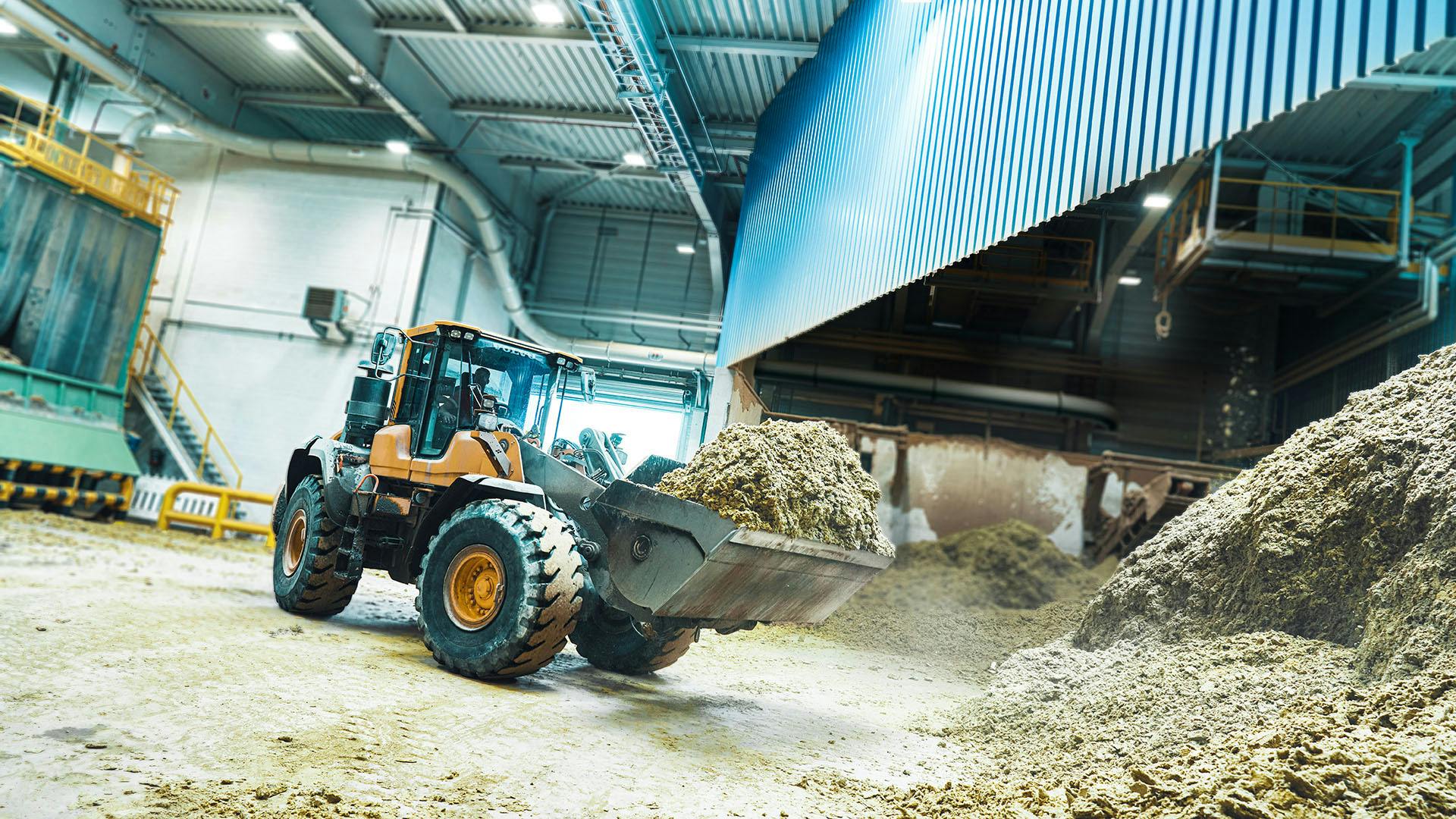
This past year, global energy challenges and volatile economic conditions have exacerbated the stark reality of the climate crisis. These combined pressures are leading to increased energy poverty among vulnerable populations as well as supply challenges to fuel critical industry. In 2021, even before the current crisis, more than 95 million people in the European Union were at risk of energy poverty or social exclusion, a number that is certainly higher today.
These challenging geopolitical realities prompted UN Secretary-General Antonio Guterres to warn world leaders convening at the UN Climate Change Conference (COP27) in late 2022: “We are on a highway to climate hell with our foot on the accelerator”. His message to world leaders was clear – cooperate or perish. In their annual Emissions Gap Report1, the UN Environment Programme found that even if all of countries met their current climate pledges, global average temperatures would still rise to 2.4-2.6 degrees Celsius.
We have the solutions
These gloomy assessments compel us to take action. While the climate crisis is not going to be solved by pledges or long-term targets, the good news is that we have the solutions to take action today. Energy efficiency in the built environment is a triple win – socially, economically and environmentally: we can use, emit, and import less while at the same time reducing energy poverty.
The truth is that we cannot delay decarbonising the economy, as the window of opportunity is closing. However, the critical question is, can we deploy the available solutions rapidly enough to avoid climate change’s worst impacts?
In 2022, ROCKWOOL worked with Guidehouse Consulting to investigate the impact that deep energy efficiency renovation could have on the European building stock2.
Their analysis shows that a deep renovation of the building envelope of the European Union’s least efficient buildings would eliminate the need for the residents/owners of these buildings to use fossil fuels. This would thus help protect them from soaring energy prices while significantly cutting Europe’s dependence on Russian gas imports and decreasing greenhouse gas emissions at the same time.
At ROCKWOOL we also practice what we preach by deeply renovating our own offices. Last year we completed nine renovations globally, demonstrating that deep renovation makes sense by providing improved working conditions as well as generating significant energy consumption and carbon emissions reductions and of course, cost savings too. In doing this, we met our remaining 2022 intermediate sustainability goal, with a 39 percent energy efficiency improvement in owned offices.
Safety and human rights
Keeping our people safe is ROCKWOOL’s top priority. As an industrial company employing over 12 000 people, we fully recognise that our employees face safety risks, which we take very seriously. Tragically in 2022, a colleague at our Polish factory died as a result of injuries sustained at work. We conducted a detailed investigation and have implemented additional accident prevention measures in all our factories. Though overshadowed by the fatality, ROCKWOOL’s overall Lost Time Incident rate improved in 2022.
Also during 2022, we strengthened our commitment within human rights throughout our operations and value chain. We did this in part by creating the necessary framework to help ensure we are living up to internationally recognised principles of protecting human rights and addressing inequalities, inequities, and discrimination.
Circularity
We are proud that our stone wool products enhance modern living by making buildings more energy efficient, safer from fire, and healthier and more comfortable places to be. But we also know that succeeding on the challenges facing the world today requires systemic change. That is why ROCKWOOL fully supports the societal transformation to a waste-free society based on circular economy principles.
The ability to infinitely recycle stone wool into new insulation with no loss of performance when a building is renovated or taken down means that there is less waste going to landfill and less end-of-life emissions than with non-recyclable materials that might otherwise be incinerated.
By offering comprehensive, truly circular recycling services now in 19 countries, ROCKWOOL contributes to greater circularity in the construction sector, thus reducing the total amount of waste that could eventually end up in our landfills and waterways.
The ocean and water
In 2022, we committed to a new UN Sustainable Development Goal, SDG 14 Life Below Water. At ROCKWOOL we understand that what we do on land does not magically stop at the water’s edge, but can contaminate the ocean too. We hope to inspire more companies to recognise that, as John Muir, the ScottishAmerican naturalist said, “When one tugs at a single thing in nature, he finds it attached to the rest of the world”.
Despite the complex challenges facing our world, we remain positive that the solutions are at hand to help build a safer, healthier, more sustainable and energy secure future. We are committed as ever to doing our part.
Jens Birgersson, CEO
1 Emissions Gap Report 2022, https://www.unep.org/resources/emissions-gap-report-2022
2 Decreasing Europe’s Energy Dependency through Building Renovation, Report, Guidehouse, https://guidehouse.com/insights/energy/2022/building-renovation-decrease-europe-energy









